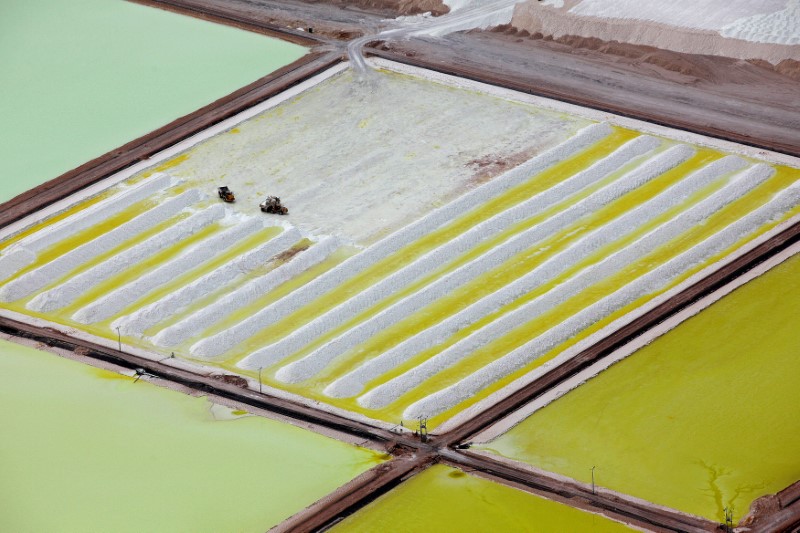Stelar Metals Ltd has wrapped up its inaugural drill program at the Trident Lithium Project near Broken Hill in Far West New South Wales and expects to receive assay results in late January 2024.
The 2,360 metres of reverse circulation (RC) drilling has met the objectives of understanding the morphology and orientation of the LCT-pegmatites.
It has also confirmed the grade distribution and mineralogy of lithium mineralisation beneath the historical mine workings of the Euriowie Tin Pegmatite Field.
This program has completed the initial exploration test of Trident, Sceptre, Lady Don, Triumph, Gloria, and Stag prospects, which returned high-grade lithium in rock chips at the surface.
Confident aims achieved
Stelar’s CEO Colin Skidmore said: “I would like to thank my team, Bullion Drilling and the various consultants who were instrumental in completing this well-executed drilling program.
"We are confident that we have successfully achieved the aims of this first drill program targeting hard-rock lithium mineralisation below the surface at Trident.
“I look forward to receiving the assays in January and then sharing the details of geology, mineralogy, lithium-grade distribution, and planning additional drill programs early in 2024 to further advance this lithium project in NSW.”
About Trident
Trident Lithium Project extends over the 20-kilometre strike length of the Euriowie Tin Pegmatite Field and is highly prospective for hard rock lithium mineralisation.
This was the first drill program to test the historic lithium mines at Trident, Sceptre, Lady Don and Triumph and the recently mapped LCT-pegmatites at Stag and Gloria.
Drill holes were designed to assess the sub-surface morphology and orientation of the known lithium-mineralised pegmatites.
Additionally, targeting beneath the historical shallow workings provided an opportunity to assess lithium-mineral zonation beneath the oxide zone and to test for the presence of spodumene, which typically weathers near the surface to clay.
Pegmatites intersected
Stelar intersected zoned and altered LCT-pegmatites at all prospects with 743 metres of pegmatite lithologies logged.
The company will release details of the geology and mineralogy once assays are available and geological modelling is completed.
There have been 1,123 pegmatite and adjacent host-rock samples selected for the initial dispatch to Intertek Laboratory in Adelaide for the first round of multi-element analysis, including over-range lithium analysis as required.
Once the assay results have been received Stelar expects to carry out additional drill programs.
